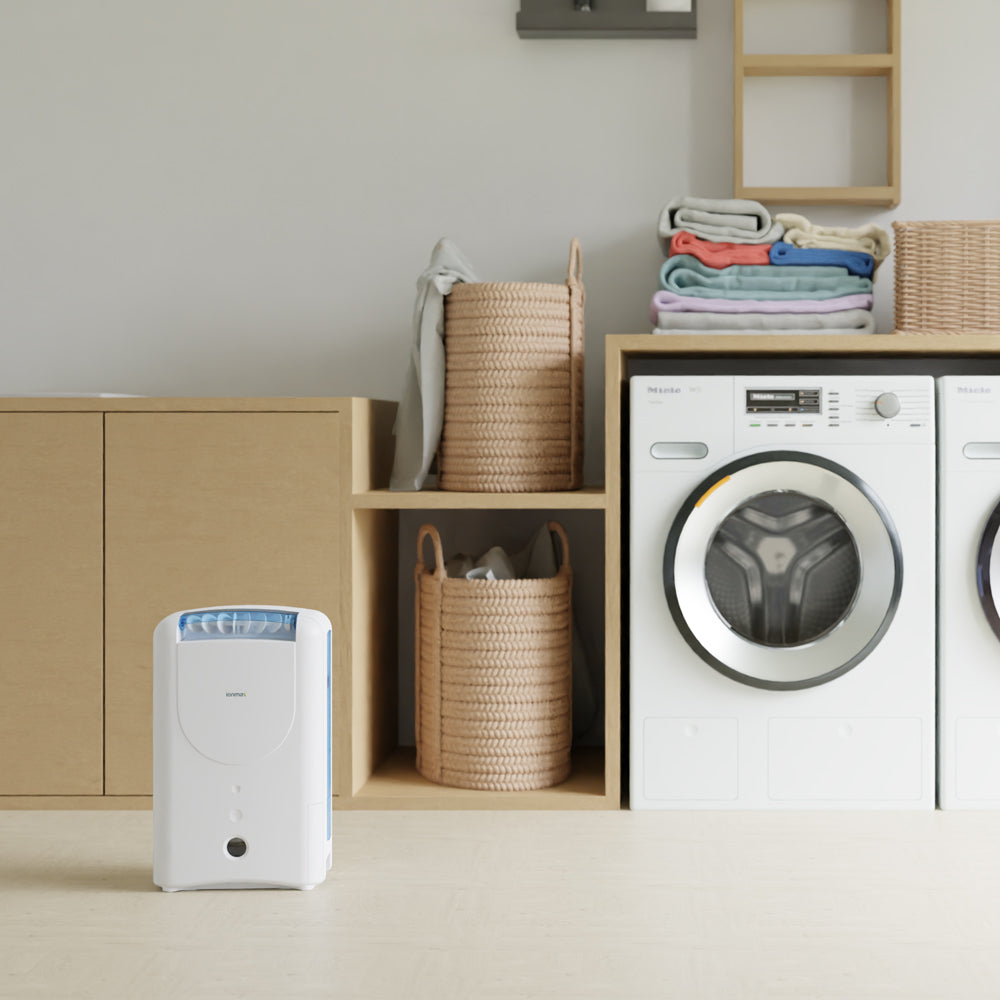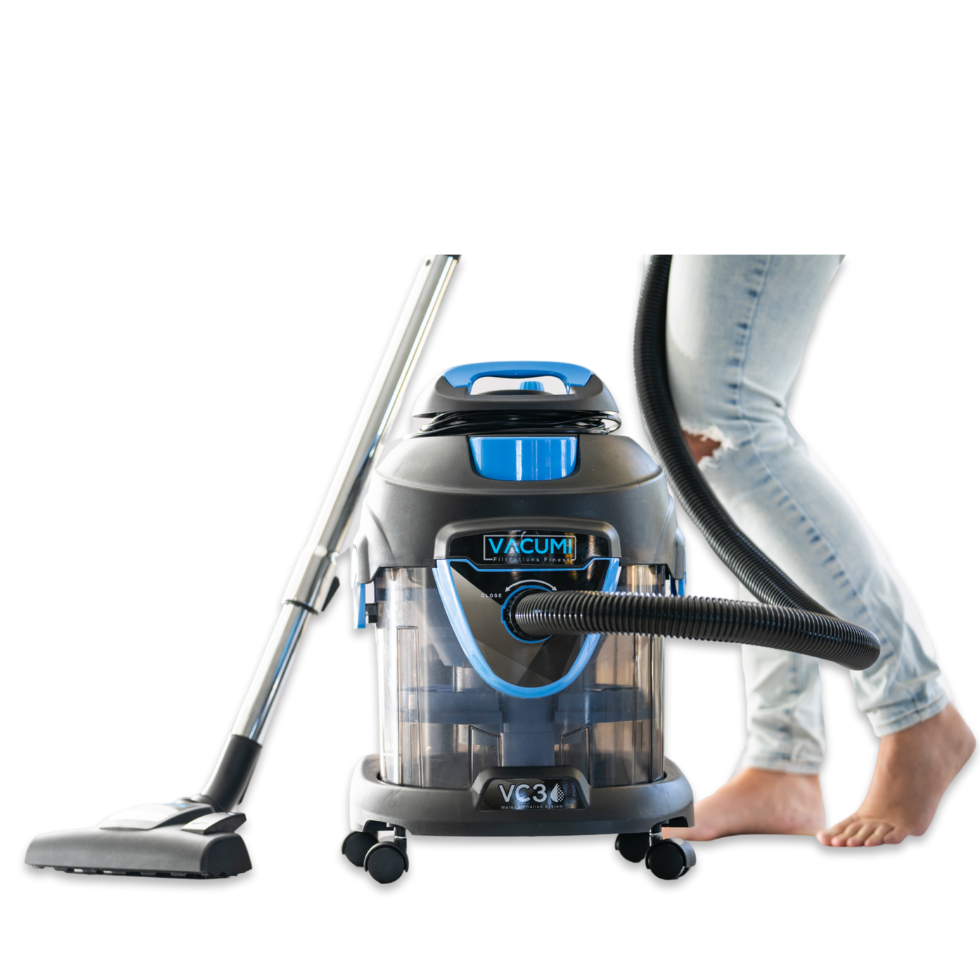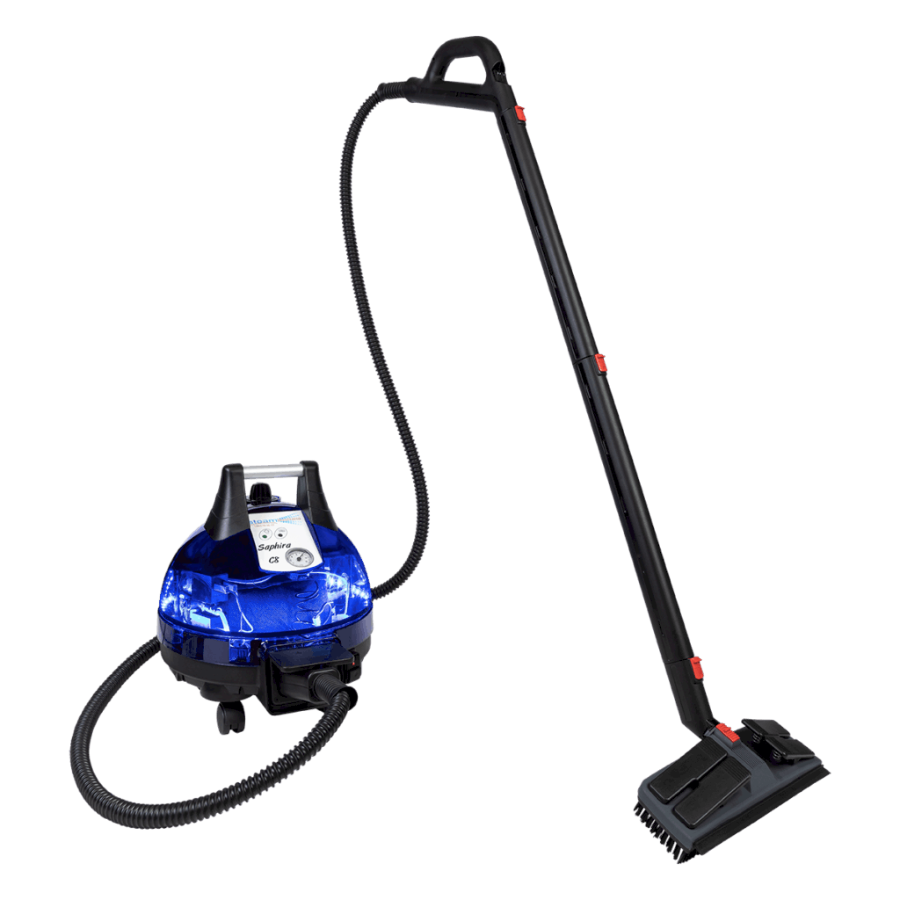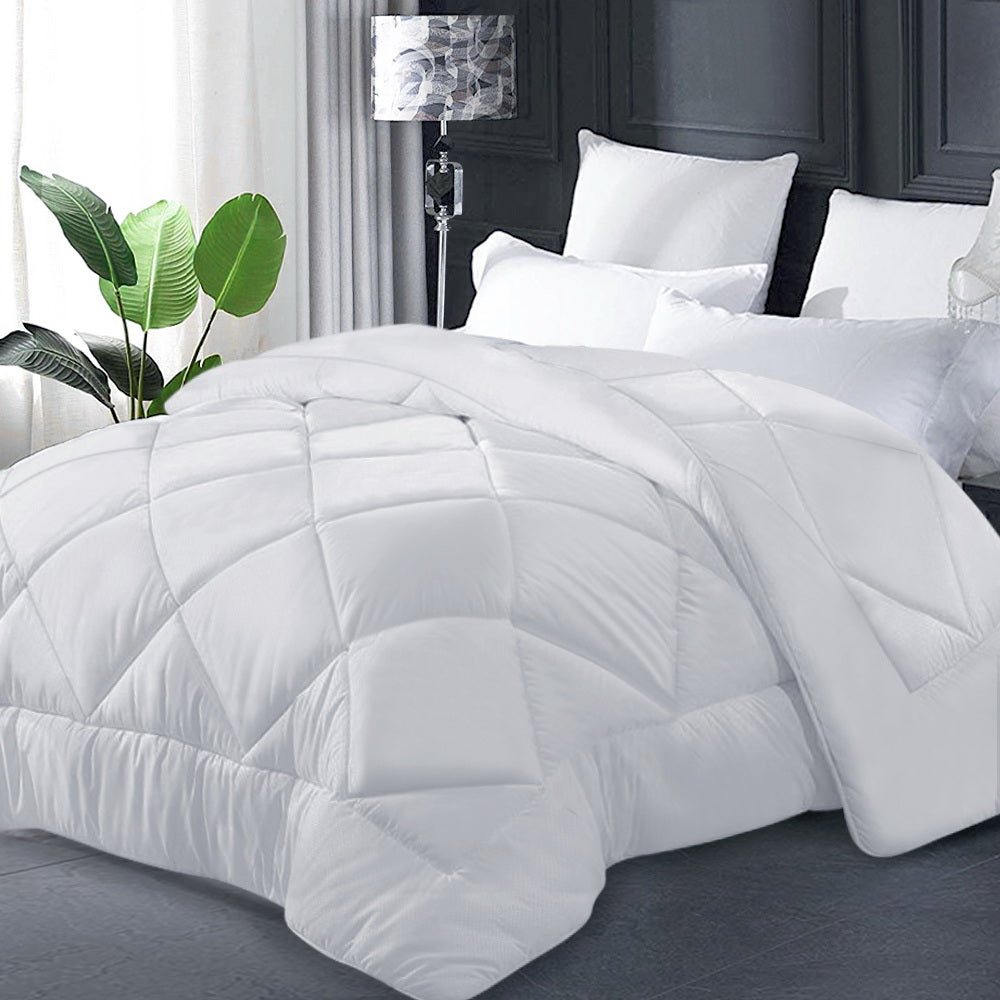How to get rid of house dust mites in Australia- Top 10 products
Best products to get rid of house dust mites in Australia
Looking for effective ways on how to get rid of house dust mites in Australia?
While it’s nearly impossible to eliminate dust mites entirely, there are several methods to help reduce their presence in your home.
In this guide, we’ve carefully selected the best tools and strategies to help Australians combat house dust mites.

1. Dust mite protectors - create a barrier
Using dust mite mattress, pillow and duvet protector prevents dust mites from infiltrating your mattress and bed, thereby establishing a protective barrier between the allergens and you.
- Blocks mites from entering mattress.
- Can reduce allergy symptoms by reducing exposure to dust mite allergens.
- Extends mattress life.

2. Dehumidifier - create an inhospitable environment
Dehumidifier helps prevent dust mite growth as they thrive in humidity.
Other tips:
- Keep relative humidity below 50%.
- Open windows for ventilation.
- Use bathroom/kitchen exhaust fans regularly.
- Dry laundry outside instead of indoors.

3. HEPA filter air purifier - eliminate airborne allergens
Minimise dust mite allergens from the air by using true HEPA filter air purifier. HEPA filters are designed to trap small particles like dust mites, pollen, and pet dander. Make sure to choose an air purifier that's the right size for your room, and clean or replace the filter regularly.
Other tips:
- Remove stuffed animals, unnecessary cushions, and heavy drapes.
- Store items in sealed containers or plastic bins.
- Decluttering reduces places dust mites can hide and breed.

4. Vacuum
Use HEPA filter vacuum cleaner that traps allergens and does not release them back in the air therefore minimising allergen load in the environment.
Other tips:
- Focus on carpets, rugs, sofas, and mattresses.
- Vacuum soft toys with HEPA filter vacuum if they must be kept.
- Go slowly over high-traffic areas.
- Don't forget baseboards, under furniture, and corners.

5. Steamer
Soft furnishings, such as curtains, cushions, and stuffed animals can become breeding grounds for dust mites. If you can't replace them, steam them where possible to minimise dust mite allergens.
Other tips:
- Vacuum before and after to remove dust and dead mites.
- Steam slowly so heat penetrates deep and kills mites.
- Dry completely with fans or open windows to prevent mold.

6. Spray to neutralise allergens
Spray can reduce dust mite populations and help alleviate dust mite allergies by targeting and neutralising the allergenic particles they produce. Don't forget to vacuum dust mite particles after neutralising them.
Other tips:
- Safe for fabrics and bedding.
- Quick and easy to apply.
- Helps control mite population between deep cleans.

7. Minimise allergens by dusting and cleaning
Dust and mop regularly with a damp microfibre cloth to prevent dust mites from accumulating. Consider using vacuum cleaner with mop functionality to help with collecting dust. Don't overlook hard to reach spots like baseboards and ceiling fans.
Other tips:
- Dust with a damp cloth to trap allergens, not spread them.
- Mop floors weekly—especially hardwood or tile surfaces.
- Wash curtains and clean blinds monthly.
- Clean pet bedding and areas where pets sleep.

8. Bedding - choose materials that resist allergens
By having a few bedding sets made from allergy friendly materials that can be washed and frozen regularly, will enable you to control dust mites in your sleeping environment. See our top tip in the first step.
Other tips:
- Rotate and air out pillows and mattresses.

9. Allergy friendly bedding
To make sure that your bedding is not breeding grounds for dust mites, select our range of bedding made from allergy friendly materials.
Other tips:
- Wash all bedding in hot water (at least 60°C / 140°F) weekly.
- Sun-dry blankets and comforters to kill mites with UV rays.

10. Hygrometer - monitor your air quality
A hygrometer assists in managing dust mite allergies by enabling precise control of indoor humidity levels, which, when kept below 50%, can discourage dust mite proliferation and reduce allergy symptoms.
Other tips
- Place it in bedrooms where dust mites thrive.
- Keep humidity below 50%—mites need moisture to survive.
- Avoid placing near windows or vents for accurate readings.
- Check readings daily to track moisture trends.
- Use multiple hygrometers in different rooms for full-home monitoring.
How to get rid of house dust mites in Australia - FAQs
Are there dust mites in Australia?
Yes, dust mites are very common in Australia. In fact, Australia’s warm, humid climate provides ideal conditions for dust mites to thrive. They’re most often found in bedding, mattresses, carpets, upholstered furniture, and soft toys.
Dust mites feed on dead human skin cells and are a major trigger for allergies and asthma, particularly in children.
Are dust mites common in Australia?
Yes, dust mites are very common in Australia, especially in warm, humid regions. The main types found areDermatophagoides pteronyssinus(European),D. farinae(American), andBlomia tropicalis(tropical). They thrive in bedding, carpets, and soft furnishings where skin flakes collect.
Are dust mites easy to get rid of?
Dust mites aren’t easy to get rid of entirely because they’re microscopic, thrive in warm, humid environments, and live deep inside bedding, carpets, and upholstery.
However, you can significantly reduce their numbers by using dust mite-proof covers, washing bedding in hot water (over 55°C), vacuuming with a HEPA filter, and keeping indoor humidity below 50%.
While complete elimination isn’t realistic, these steps can greatly improve indoor air quality and reduce allergy symptoms.
Can you wash away dust mites
Yes, you can wash away dust mites, but it requires hot water to be effective. Washing bedding, pillowcases, and other fabrics in water that’s at least 55°C can kill dust mites and remove their allergens.
For items that can’t be washed in hot water, using a dust mite laundry additive can help eliminate mites even in cooler washes.
It’s important to wash bedding weekly and dry it thoroughly—ideally in a hot dryer—to ensure any remaining mites or allergens are destroyed. However, washing only works on washable items, so for deeper protection, it should be combined with other methods like using dust mite-proof covers and vacuuming with a HEPA filter.
What time of year are dust mite allergies worse?
Dust mite allergies are often worse in the warmer, more humid months—typically spring through early autumn in Australia. That’s because dust mites thrive in temperatures between 20–25°C with high humidity, making coastal and tropical regions particularly favourable environments.
However, symptoms can also worsen in winter when homes are closed up, heaters dry out the airways, and people spend more time indoors with greater exposure to dust mite allergens trapped in bedding, carpets, and upholstery.
So while dust mites are a year-round allergen, many people notice flare-ups during humid seasons or colder months spent indoors.
Is it safe to sleep with dust mites?
Sleeping with dust mites is generally not harmful for most people, but it can cause problems for those with allergies, asthma, or eczema. Dust mites themselves don’t bite or spread disease, but their waste and body fragments contain proteins that can trigger allergic reactions, especially when inhaled during sleep.
Common symptoms include sneezing, nasal congestion, coughing, itchy eyes, and disrupted sleep. In sensitive individuals—especially children—long-term exposure can worsen asthma and skin conditions.
What feeds dust mites?
Dust mites feed primarily on dead human skin cells that we naturally shed every day. On average, a person sheds about 1.5 grams of skin daily—enough to feed over a million dust mites. They also consume tiny organic particles found in dust, including flakes from pet dander, hair, and fabric fibres.
Because bedding, mattresses, carpets, and upholstered furniture collect these skin flakes, they become ideal environments for dust mites to live and multiply. Regular cleaning and reducing soft surfaces in your home can help limit their food supply and reduce their numbers.
